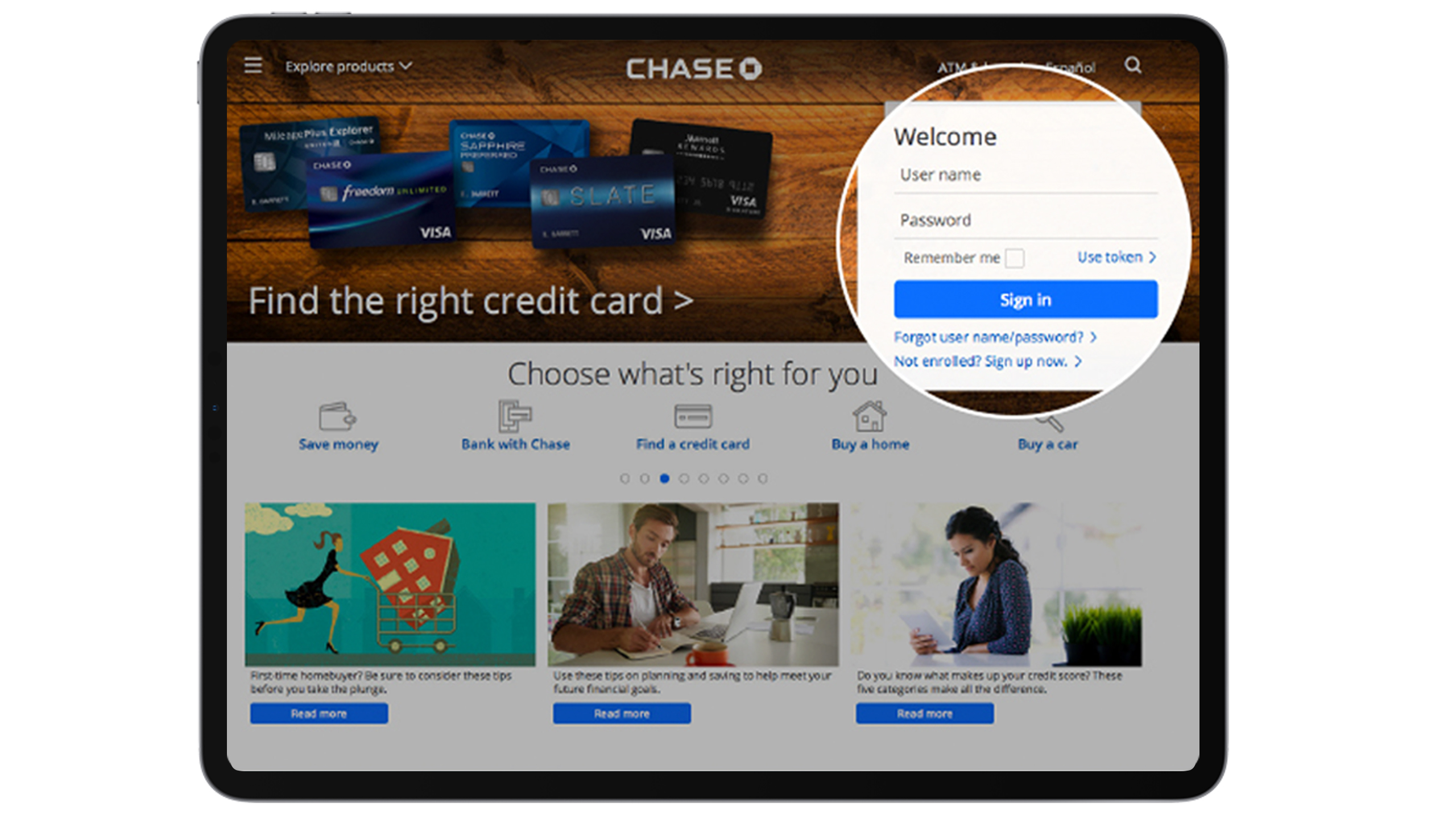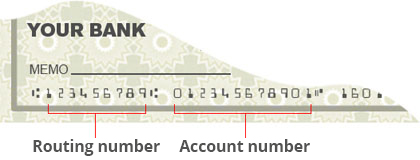How to pay your auto account
Ways to pay your auto account
You can make your auto account payment in many convenient ways.
Automatic payments
Benefits
- Set up a payment to be paid each month from your checking account, even if your accounts are with other banks.
- Easy to manage your payments, update, change or cancel online.
- Avoid missing your payment.
Getting started
- Enroll or sign in to your account at chase.com or on the Chase Mobile® app.
- If you’re signing in for the first time, you’ll need your account number and Social Security number.
Sign in to enroll in automatic payments

One-time payment
More ways to pay
Finding your routing and account numbers

Additional principal (Loan accounts only)
 Please update your browser.
Please update your browser.